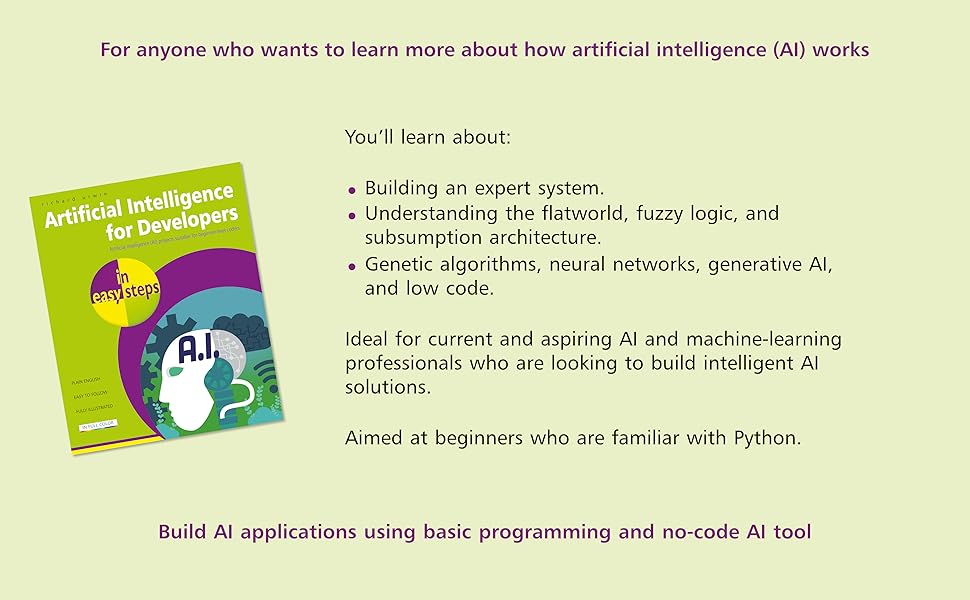Data centers are the backbone of modern businesses, housing critical IT infrastructure and sensitive data. With the increasing focus on data security and privacy, achieving data center compliance has become a top priority for organizations. Compliance with industry regulations and standards not only ensures the protection of data but also helps in building trust with customers and stakeholders.
To achieve data center compliance, organizations must follow a series of steps to ensure that their data center meets the necessary requirements. Here are some key steps to success in achieving data center compliance:
1. Identify Applicable Regulations and Standards: The first step in achieving data center compliance is to identify the regulations and standards that apply to your organization. This could include industry-specific regulations such as HIPAA for healthcare organizations or GDPR for businesses operating in the European Union. It is important to understand the requirements of these regulations and ensure that your data center is compliant with them.
2. Conduct a Compliance Audit: Once you have identified the applicable regulations and standards, the next step is to conduct a compliance audit of your data center. This involves assessing the current state of your data center infrastructure, policies, and procedures to determine if they meet the requirements of the regulations and standards. Any gaps or deficiencies in compliance should be identified and addressed.
3. Implement Security Controls: To achieve data center compliance, organizations must implement robust security controls to protect their data and infrastructure. This includes measures such as access controls, encryption, data loss prevention, and regular security monitoring. By implementing these security controls, organizations can reduce the risk of data breaches and ensure compliance with regulations.
4. Develop Policies and Procedures: Developing and implementing comprehensive policies and procedures is essential for achieving data center compliance. These policies should cover areas such as data retention, data access, incident response, and disaster recovery. By clearly outlining the rules and procedures that govern data center operations, organizations can ensure compliance with regulations and standards.
5. Train Employees: Employee training is a crucial component of achieving data center compliance. Employees should be trained on data security best practices, compliance requirements, and the importance of protecting sensitive data. By educating employees on their roles and responsibilities in maintaining data center compliance, organizations can mitigate the risk of human error and ensure a culture of security within the organization.
6. Regularly Monitor and Audit Compliance: Achieving data center compliance is an ongoing process that requires regular monitoring and auditing of compliance efforts. Organizations should conduct regular assessments of their data center infrastructure, policies, and procedures to ensure that they remain compliant with regulations and standards. Any changes in regulations or standards should be promptly addressed to maintain compliance.
In conclusion, achieving data center compliance is a critical task for organizations that value the security and privacy of their data. By following the steps outlined above, organizations can ensure that their data center meets the necessary requirements of regulations and standards, protecting their data and building trust with customers and stakeholders.















